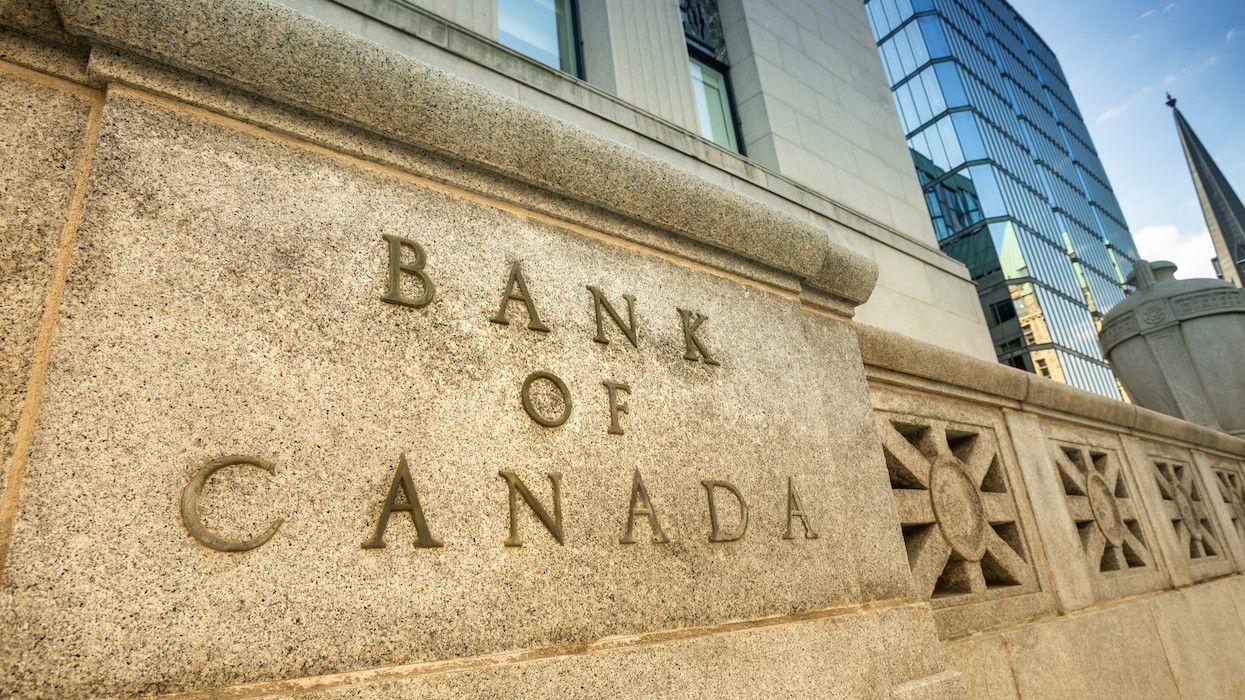Economists with Desjardins are sticking with their long-held belief that the Bank of Canada will begin cutting interest rates this spring.
This is in spite of the fact that economic data as of late has “surprised to the upside,” they explain in a report from Thursday, pointing more specifically to the recent resilience of retail sales.
“The housing market also showed renewed signs of life around the turn of the year. The sustained surge in population growth has been providing a tailwind to domestic demand as growth in real GDP and consumption per capita have languished,” says the report.
“Taken together, this has caused us to revise up our outlook for real GDP growth modestly in 2024. But growth is still expected to be sluggish overall, as ongoing mortgage renewals will continue to act as a headwind to growth. As a result, the Bank of Canada should begin cutting interest rates around the spring.”
Though economists with other major banks agree that there’s an end to soaring rates in sight, there’s still some debate over when the first cut will happen. A provincial forecast from CIBC Capital Markets released last week calls for a 25-basis-points cut in June. Meanwhile, economists over at TD mapped out a scenario just a few days ago in which the first cut doesn’t come until December.
Circling back to Thursday’s report from Desjardins, economists note while that rate cuts seem to be imminent in other global economies as well, nobody is out of the woods with respect to inflation just yet.
“Inflation has come down, though it remains above target in most countries. The odds of additional interest rate hikes have dropped significantly, but interest rate cuts could be delayed if progress on inflation stalls,” says the report. “And other inflationary shocks aren’t out of the question, especially amid the ongoing Red Sea shipping disruptions.”
Barring any inflationary surprises, Desjardins is forecasting that central banks across the world will have enough reason to lower rates in the next “few” months.
“Remember that inflation doesn’t have to return to target before monetary easing begins. Any progress will be enough to increase real interest rates, which will make rate cuts warranted to prevent them from becoming too restrictive. Softening of the economy and labour market over the coming months could also push central banks to start cutting,” Thursday’s report adds.
“We expect five 25-basis-point cuts to the Canadian and US overnight rates this year, with further easing likely to follow in 2025.”





















